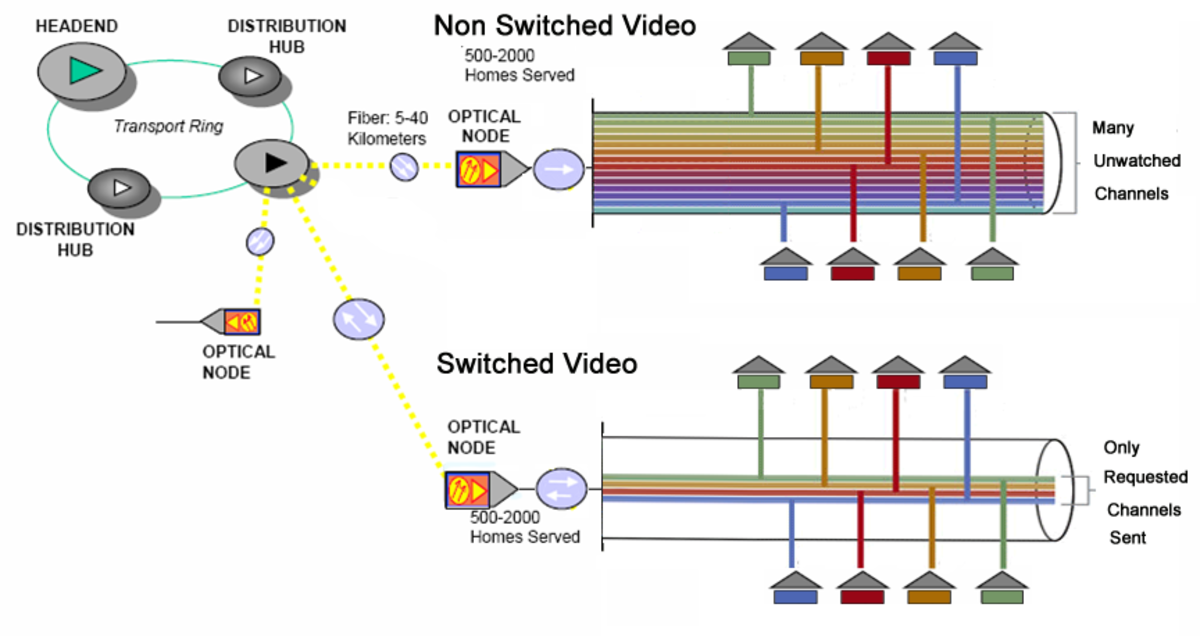Industry Standards for Configuration Management and Change Management
Introduction
There are industrial standards by organizations such as the ISO and IEEE defining how configuration management and change management should be done. These industrial standards are in addition to United States federal military standards that still define acceptable configuration management and change management for many manufacturers. What are the industry standards in configuration management and control of documents and drawings?

ISO and Configuration Management
The International Standards Organization or ISO does not have a formal standard for configuration management though quality management requires tracking documentation and changes to parts.
ISO standard 10007 provides a set of recommendations for change management and a quality management system to retain control over change requests. ISO 10007 outlines the recommendations for identifying each configuration uniquely and using change review boards. ISO 10007 gives recommendations on how to perform configuration status accounting, the ability to report the baseline configuration of a part structure or document structure for any given date.
ISO 10007 also recommends that companies perform configuration audits to ensure the configuration of products when they are built or shipped.
MIL-STD-973
Military standard 973 or MIL-STD-973 was created by the U.S. Department of Defense for configuration management of military components. Because it was created in the 1990s, MIL-STD-973 covers both paper based and electronic data configuration management systems.
MIL-STD-973 requires configuration identification and configuration control. It allows for configuration audits. MIL-STD-973 requires all documents or technical data packages to be labeled with a distribution statement that defines who is allowed to view the documents. The distribution statement includes the classification level or if it is unclassified. MIL-STD-973 was formally made obsolete in 2000.
MIL-HDBK-61A
MIL-HDBK-61A is the next generation government standard for configuration management. MIL-HDBK-61A is a military handbook released in 2001 that provides configuration management guidance of components supplied to Department of Defense.
MIL-HDBK-61A is different from general ISO and other industry standards in demonstrating the approved change review process between private companies supplying parts and products in relation to the government as the customer. For example, configuration audits and baseline changes are frequently performed by the federal government, not the company itself.
MIL-HDBK-61A outlines the use of Configuration Control Boards or CCBs to review engineering change proposals or ECPs and approve which change requests will be implemented. CCBs also review Requests for Deviation or RFDs to build, use or ship products outside of the approved configuration.
Unlike other industry standards for configuration management, MIL-HDBK-61A defines the roles and responsibilities in configuration management for both the government and the manufacturer.
MIL-HDBK-61A also contains formal documentation to be used in configuration management, reviewing change requests and checklists to be followed when assessing performance to the MIL-HDBK-61A standard. For example, MIL-HDBK-61A includes a configuration identification process evaluation checklist. There is even a configuration control process evaluation to verify that the supplier is using an acceptable change control process to maintain tight control over the product design, preventing unauthorized changes from being made and flowing down government design changes to all sub-assemblies.
MIL-HDBK-61A is similar to ANSI 649 and ANSI 632 and references both of them. ANSI standard 649, the national consensus standard for configuration management, has actually been adopted by the U.S. federal government.
IEEE 828
Software change management (SCM) is the process for controlling software code changes. This means IEEE sets the industry standards in configuration management and control for software documentation and management.
IEEE standard 828 outlines the recommended plan for configuration management or change management of software. IEEE 828 outlines the concept of the Software Configuration Management Plan (SCMP).
The Software Configuration Management Plan (SCMP) describes how to implement SCM according to IEEE 1042, the IEEE guide to software change management. Unlike the other standards in this article, IEEE 828 is limited specifically to software change management and does not apply to mechanical assemblies.








